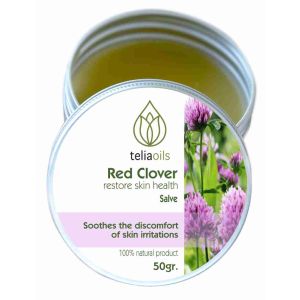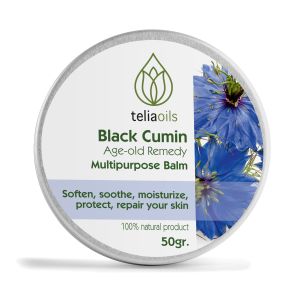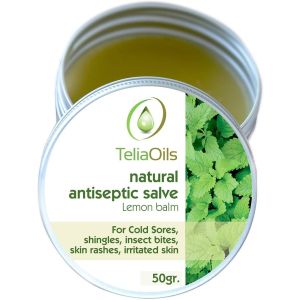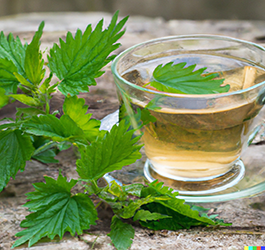What Are the Signs of Skin Aging? - Identifying and Understanding the Indicators
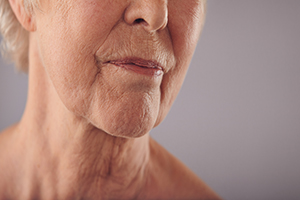
As we age, our skin undergoes many changes, which can manifest in various ways. Knowing the signs of skin aging is essential to help you understand the changes occurring and take action to delay or reduce their appearance. In this article, we will discuss the most common signs of skin aging and provide you with some valuable tips to maintain your skin's youthful glow.
Fine Lines and Wrinkles
Fine lines and wrinkles are among the first visible signs of aging. They develop as a result of the natural breakdown of collagen and elastin, two proteins responsible for the skin's firmness and elasticity. Fine lines often appear around the eyes and mouth, while deeper wrinkles may form on the forehead and between the eyebrows.
Tip: Incorporate skincare products containing retinol, peptides, or antioxidants into your routine to boost collagen production and reduce the appearance of fine lines and wrinkles.
Loss of Elasticity and Firmness
As collagen and elastin production declines with age, the skin loses its ability to snap back into place, resulting to sagging and a loss of firmness. This often becomes apparent around the jawline, cheeks, and neck.
Tip: Engage in facial exercises and massages to improve circulation and support the underlying skin structure. Look for skincare products with ingredients that promote collagen and elastin production, such as vitamin C and retinol.
Uneven Skin Tone and Hyperpigmentation
Over time, the skin's ability to produce melanin, the pigment responsible for skin color, becomes less constant. This can lead to uneven skin tone, age spots, and hyperpigmentation, particularly in sun-exposed areas.
Tip: Wear sunscreen daily to protect against UV-induced hyperpigmentation. Use products containing ingredients like hydroquinone, kojic acid, or niacinamide to help balance skin tone and reduce the appearance of dark spots.
Dryness and Rough Texture
As we age, our skin produces less sebum, resulting in dryness and a rougher texture. Additionally, the natural exfoliation process slows down, leading to the accumulation of dead cells on the surface.
Tip: Keep your skin moisturized with a hydrating cream or lotion containing hyaluronic acid, glycerin, or ceramides. Exfoliate gently once or twice a week to remove dead skin cells and promote turnover.
Visible Capillaries and Redness
Age and sun exposure can cause skin capillaries to weaken and become more visible, especially around the nose and cheeks. This may result in redness or a flushed appearance.
Tip: Look for skincare products containing soothing ingredients like aloe vera, chamomile, or green tea extract to reduce redness and inflammation. Consider using a gentle, fragrance-free cleanser to minimize irritation.
Recognizing the signs of skin aging is the first step in developing a skincare routine that targets your specific needs. By understanding these indicators and by implementing a skincare regimen tailored to your skin's needs, you can maintain a more youthful appearance and healthy, glowing skin. Remember that prevention is key, so it is never too early to start taking care of your skin.

 de
de el
el
